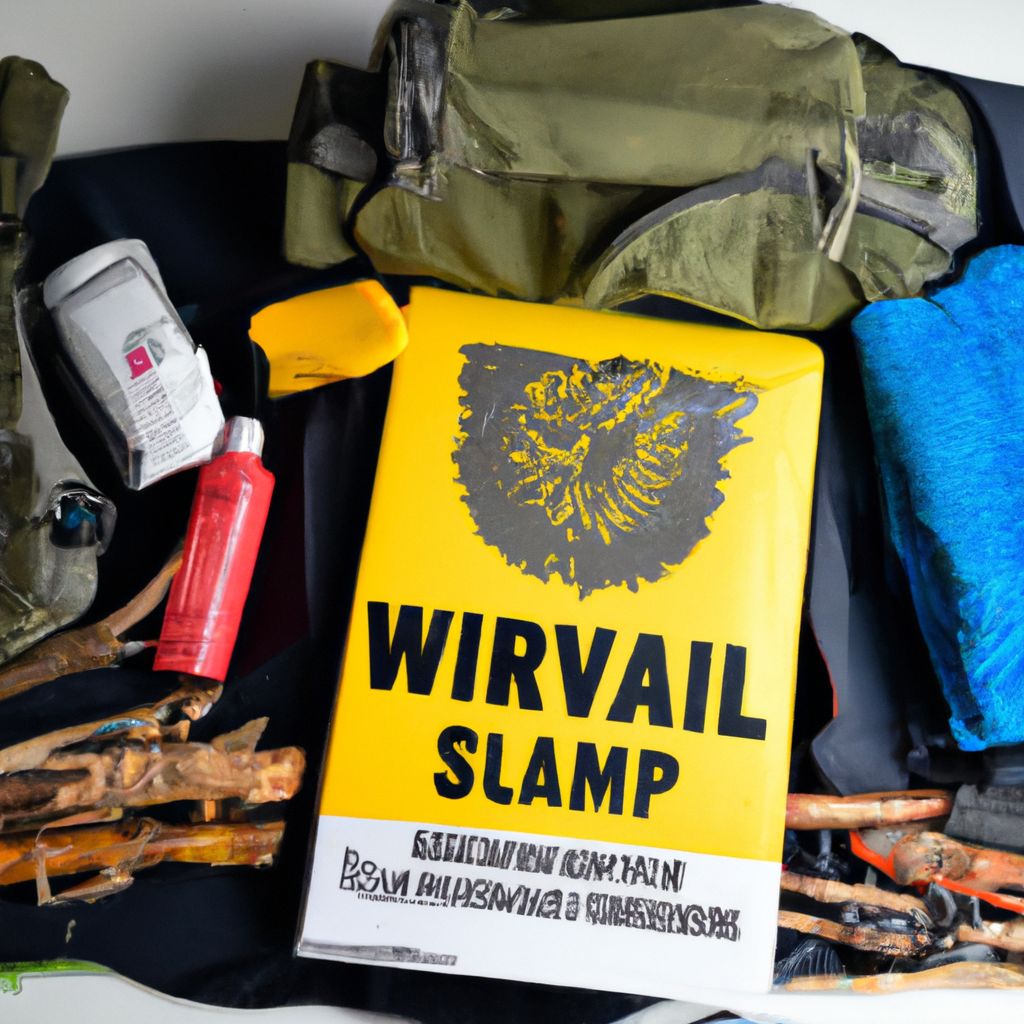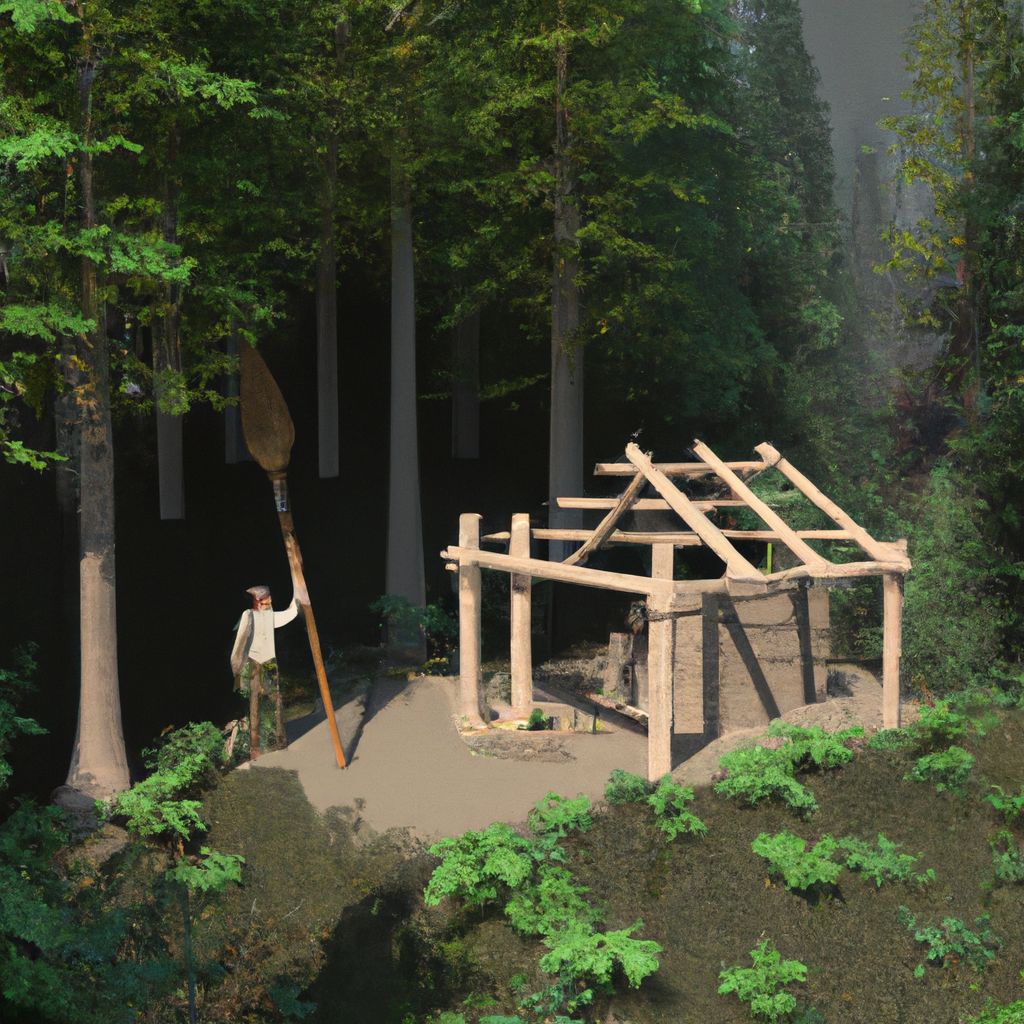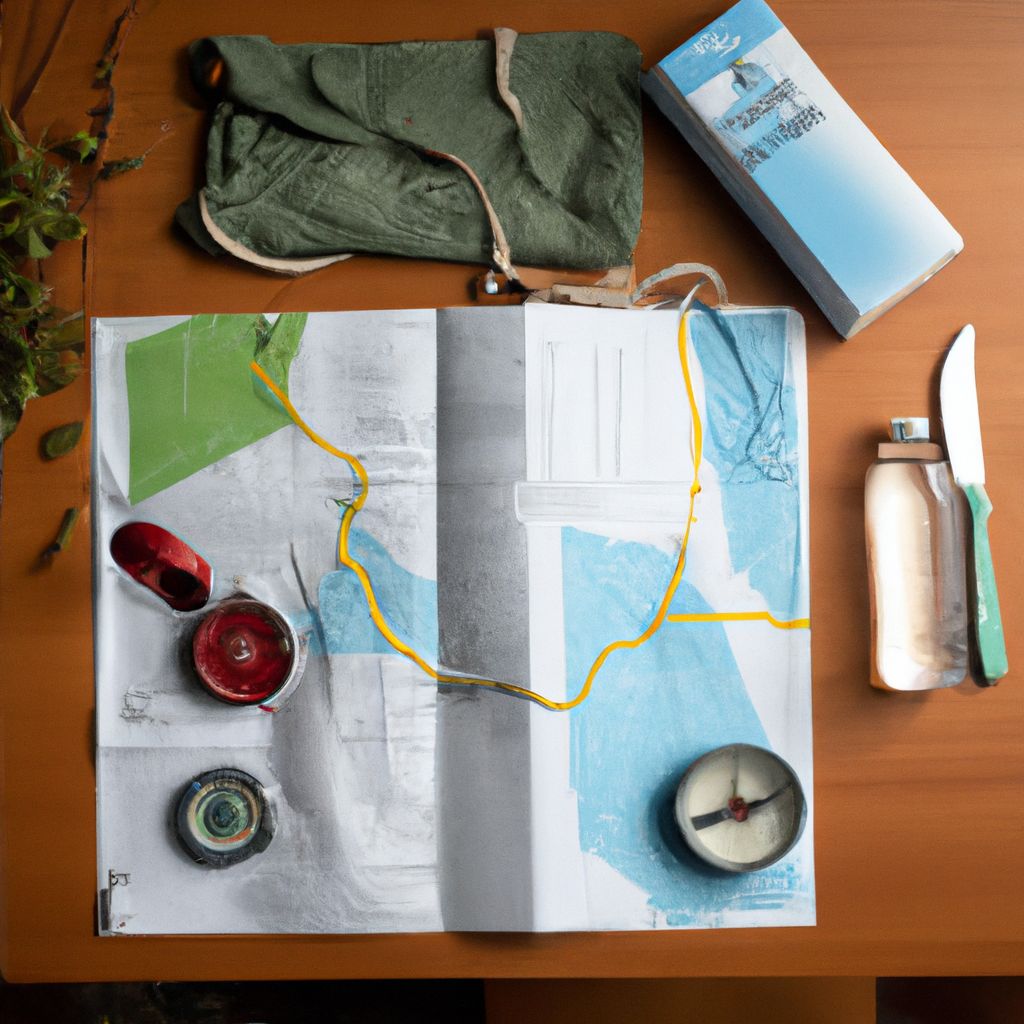- Introduction to Wilderness Survival Kit
- Essential Tools for Wilderness Survival Kit
- Food and Water Supplies in Wilderness Survival Kit
- Shelter and Warmth in Wilderness Survival Kit
- Communication Devices in Wilderness Survival Kit
- Additional Items for Wilderness Survival Kit
- How to Pack Your Wilderness Survival Kit
- Conclusion: Importance of Wilderness Survival Kit
Introduction to Wilderness Survival Kit
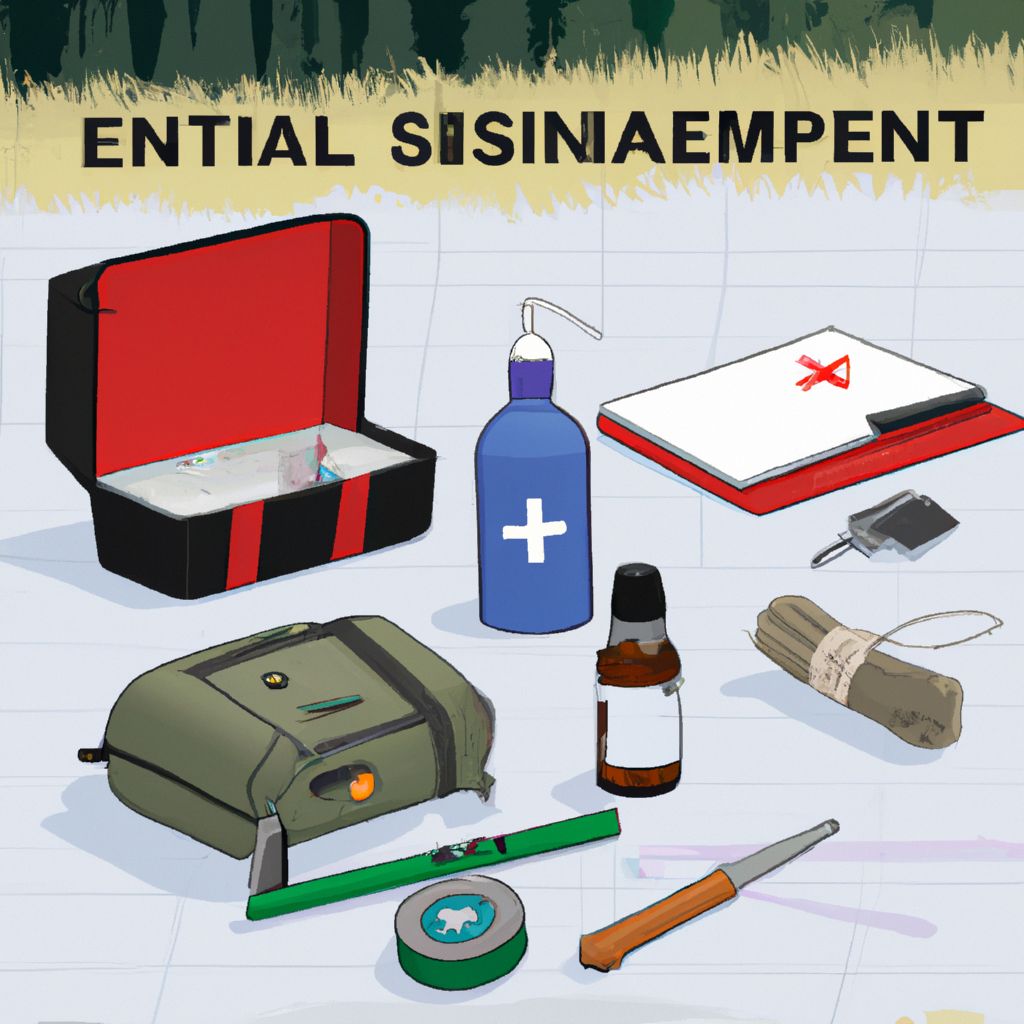
Whether you're an avid adventurer, a novice hiker, or someone who enjoys spending time in the great outdoors, a wilderness survival kit is an essential companion. It's a collection of items you may need in a survival situation - an unexpected night out in the wilderness, a sudden injury, or even a natural disaster.
Preparedness is crucial when you're out in the wild. As the well-known saying goes, "It's better to have it and not need it than to need it and not have it." A well-packed survival kit can make all the difference between life and death.
According to a study published in the Journal of Outdoor Recreation and Tourism, lack of preparation is a common factor contributing to outdoor recreation accidents. The researchers found that many incidents could have been avoided with proper planning and equipment.
Therefore, understanding what to pack in your wilderness survival kit is not just a matter of convenience; it's a matter of survival.
Essential Tools for Wilderness Survival Kit
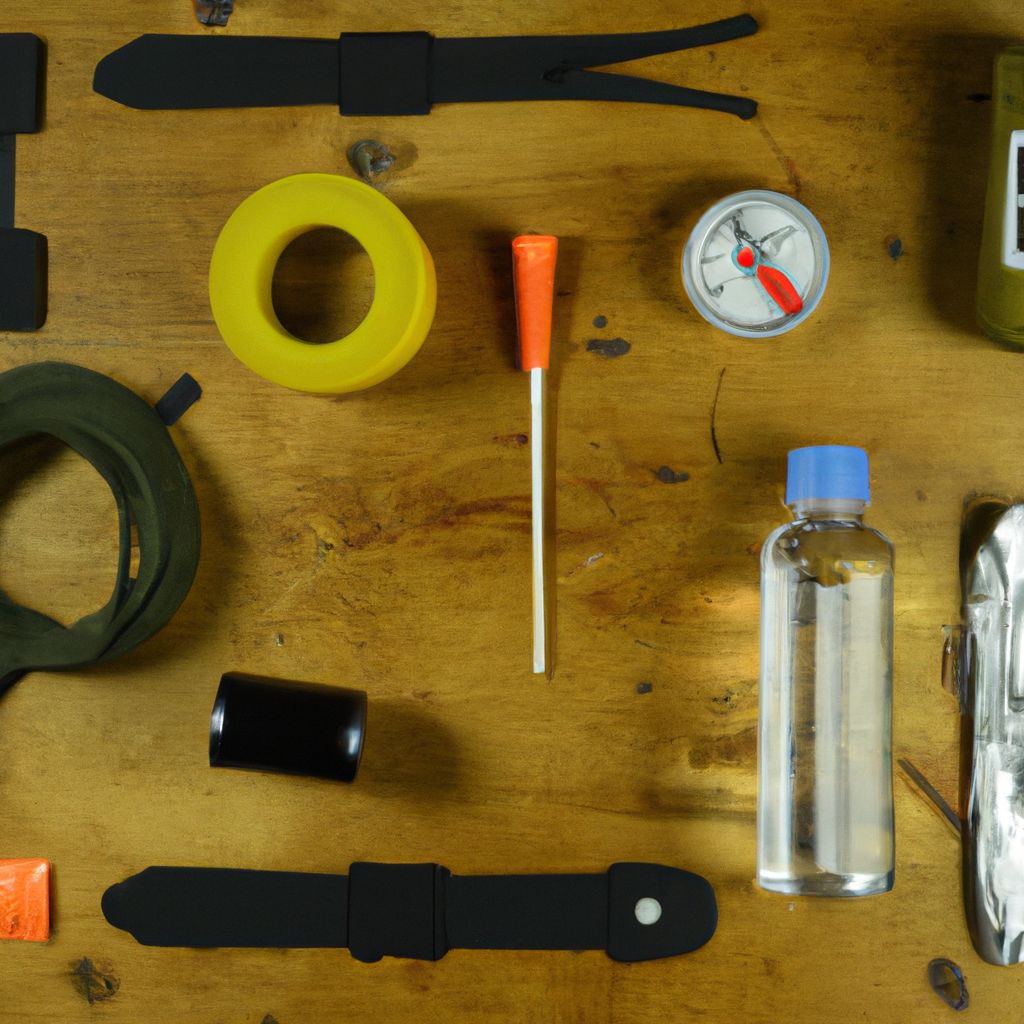
When packing your wilderness survival kit, certain tools are essential. These items should be high-quality, reliable, and serve multiple purposes whenever possible. Let's explore the must-have components of a wilderness survival kit:
1. Knife:- A good knife is one of the most versatile tools you can carry. It can be used for cutting branches, preparing food, making firewood, signaling for help, among other things. Look for a knife that's sturdy, sharp, and resistant to rust.
2. Fire Starter:- Fire is crucial for warmth, cooking, and signaling. Include a reliable fire starter, such as a flint and steel or waterproof matches. Some people also carry a compact magnifying glass as a backup.
3. Water Purification Tablets:- Safe drinking water is a must. Water purification tablets are lightweight and can be used to treat water from rivers, streams, and lakes, killing harmful bacteria and viruses.
4. First Aid Kit:- A basic first aid kit should include bandages, antiseptic wipes, tweezers, medical tape, and painkillers. It's also a good idea to include personal medications and an emergency whistle.
5. Compass:- In the wilderness, getting lost is easier than you might think. A compass, coupled with knowledge of how to use it, is a vital navigational tool.
Each of these items plays a crucial role in survival scenarios. They can help you navigate, stay warm, signal for help, treat injuries, and secure food and water. These essentials are the backbone of any wilderness survival kit.
Food and Water Supplies in Wilderness Survival Kit
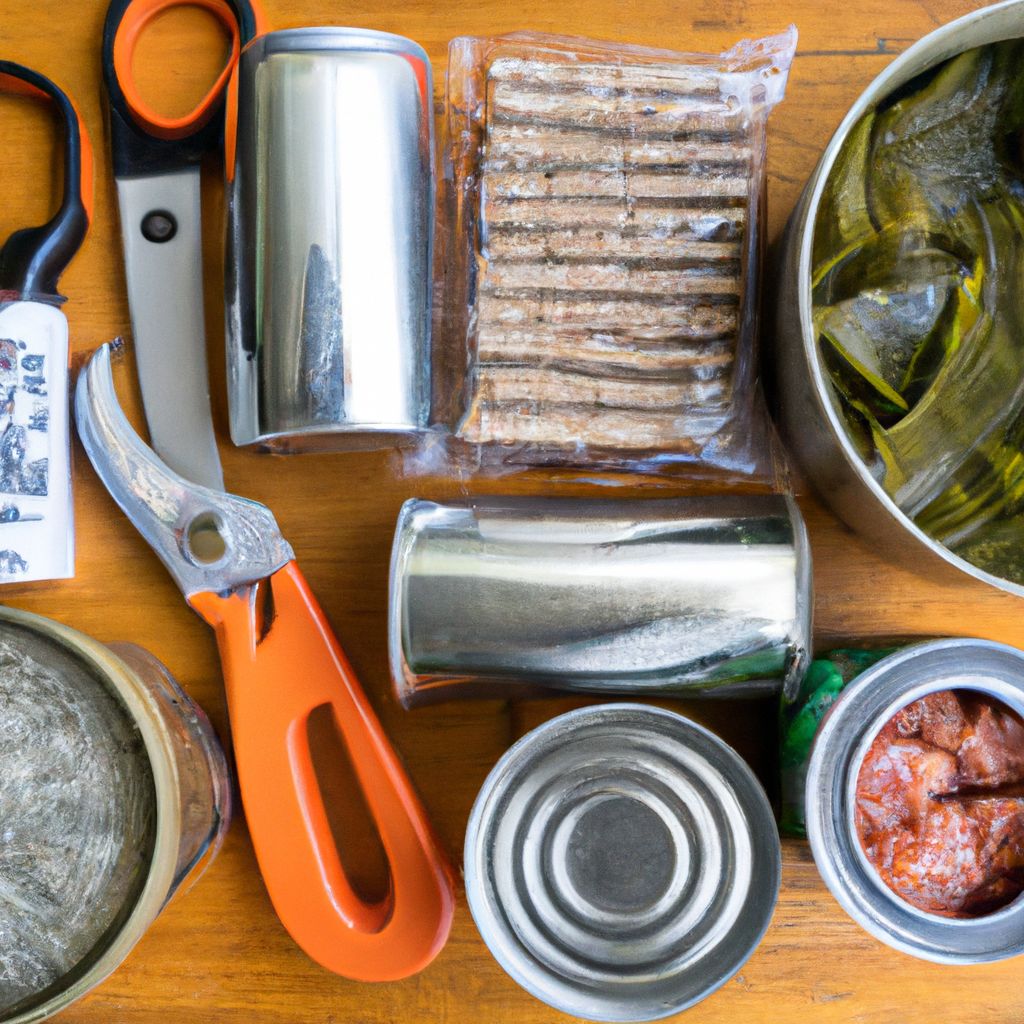
Food and water are essential to human survival. In a wilderness scenario, these supplies need to be compact, lightweight, and have a long shelf life. Here are some options:
1. Dehydrated Meals:- These are lightweight, easy to cook, and can be rehydrated with water. They provide a good balance of carbohydrates, proteins, and fats.
2. Energy Bars:- Energy bars are compact and packed with calories. They can be eaten on the go and are great for a quick energy boost.
3. Canned Goods:- Canned goods can be heavy but have a long shelf life. Choose items with high protein content such as canned fish or meat.
Water is even more critical than food. The human body can survive for weeks without food but only a few days without water.
According to a study from the American Journal of Physiology, a human can survive 3-5 days without water, depending on the individual's health, age, diet, and the environmental conditions.
That's why your survival kit should include water purification tablets and tools. But it's also important to know how to find and purify water in the wild. Collect water from streams, rivers, or morning dew, and then treat it with your purification tablets or boil it if you can make a fire.
In summary, ensuring you have reliable food and water supplies, along with the tools and knowledge to obtain more, is a vital part of wilderness survival preparation.
Shelter and Warmth in Wilderness Survival Kit
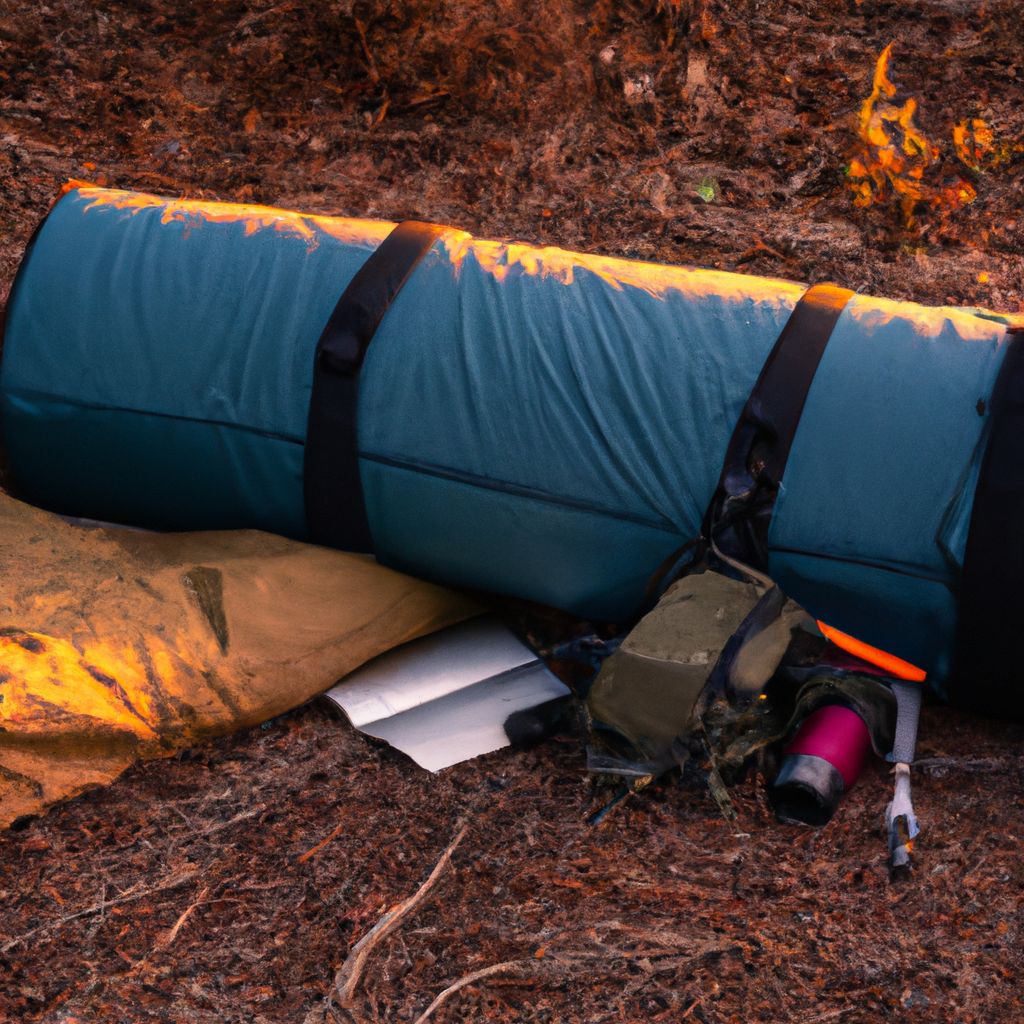
Shelter and warmth are often overlooked when preparing a survival kit but are crucial in a wilderness survival situation. Hypothermia can set in even in relatively mild temperatures if you're wet and have no shelter. Here are some essential tools and supplies for providing shelter and warmth:
1. Emergency Blankets:- Also known as space blankets, these are lightweight, compact, and designed to reflect body heat. They can be used as a blanket, ground cover, or to construct a makeshift shelter.
2. Lightweight Tent or Tarp:- A lightweight tent or tarp can be set up quickly to provide shelter from rain, wind, or intense sun. With the right skills, a tarp can also be used in many different configurations depending on your needs.
3. Sleeping Bag:- Look for a lightweight, compact sleeping bag that's suitable for the lowest temperatures you're likely to encounter. Sleeping bags not only provide warmth, but also a comfortable place to rest and recuperate.
To use these tools effectively in a wilderness survival situation, you'll need some basic knowledge. For example, setting up a tent or tarp requires knowledge of basic knots and how to choose a suitable site. An emergency blanket can be used to create a reflector wall that directs heat from a fire towards you, rather than letting it disperse.
In essence, the ability to create shelter and maintain body heat can mean the difference between a comfortable night in the wilderness and a fight for survival. As such, including and knowing how to use these items is crucial for any wilderness survival kit.
Communication Devices in Wilderness Survival Kit
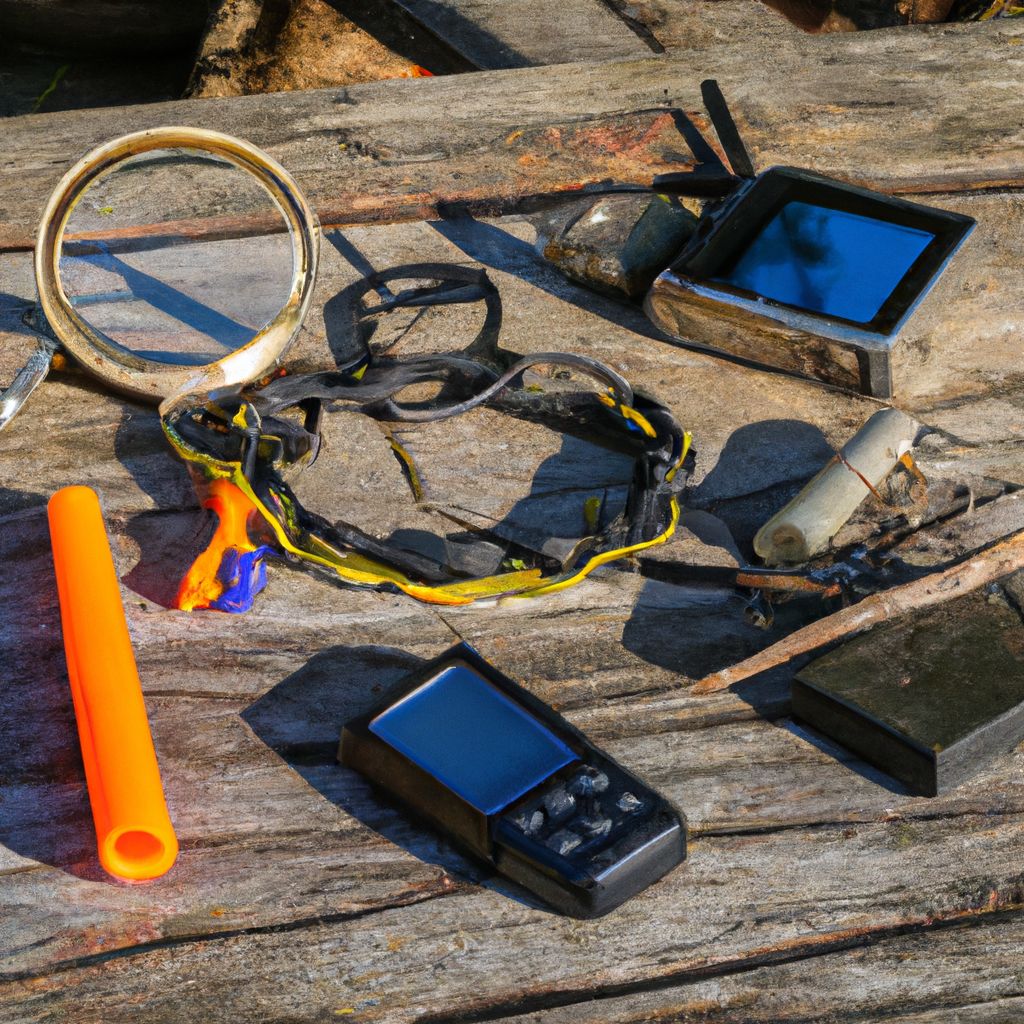
Being able to communicate or signal for help is critical in a wilderness survival situation. You may be injured, lost, or facing a threat that you can't handle on your own. Here are some essential communication devices to include in your survival kit:
1. Whistle:- A whistle can be heard over long distances and is more effective than shouting. It can signal your location to rescuers or scare off animals.
2. Mirror:- A signaling mirror can reflect sunlight to catch the attention of aircraft or distant rescuers. It's lightweight, doesn't require batteries, and can signal over long distances.
3. Flare:- Flares are a universal distress signal that can be seen from great distances. They're especially effective at night or in low-visibility conditions.
4. Satellite Phone:- In areas with no cell service, a satellite phone could be your only means of communication. They're expensive and require a subscription service, but could be invaluable in an emergency.
Each of these items could be a lifeline in a survival situation. A whistle or mirror can signal your location to distant rescuers, a flare can be used to signal distress to passing aircraft, and a satellite phone can allow you to communicate directly with emergency services.
In summary, including a means of communication in your wilderness survival kit is as important as any other survival gear. It can hasten your rescue and, ultimately, save your life.
Additional Items for Wilderness Survival Kit
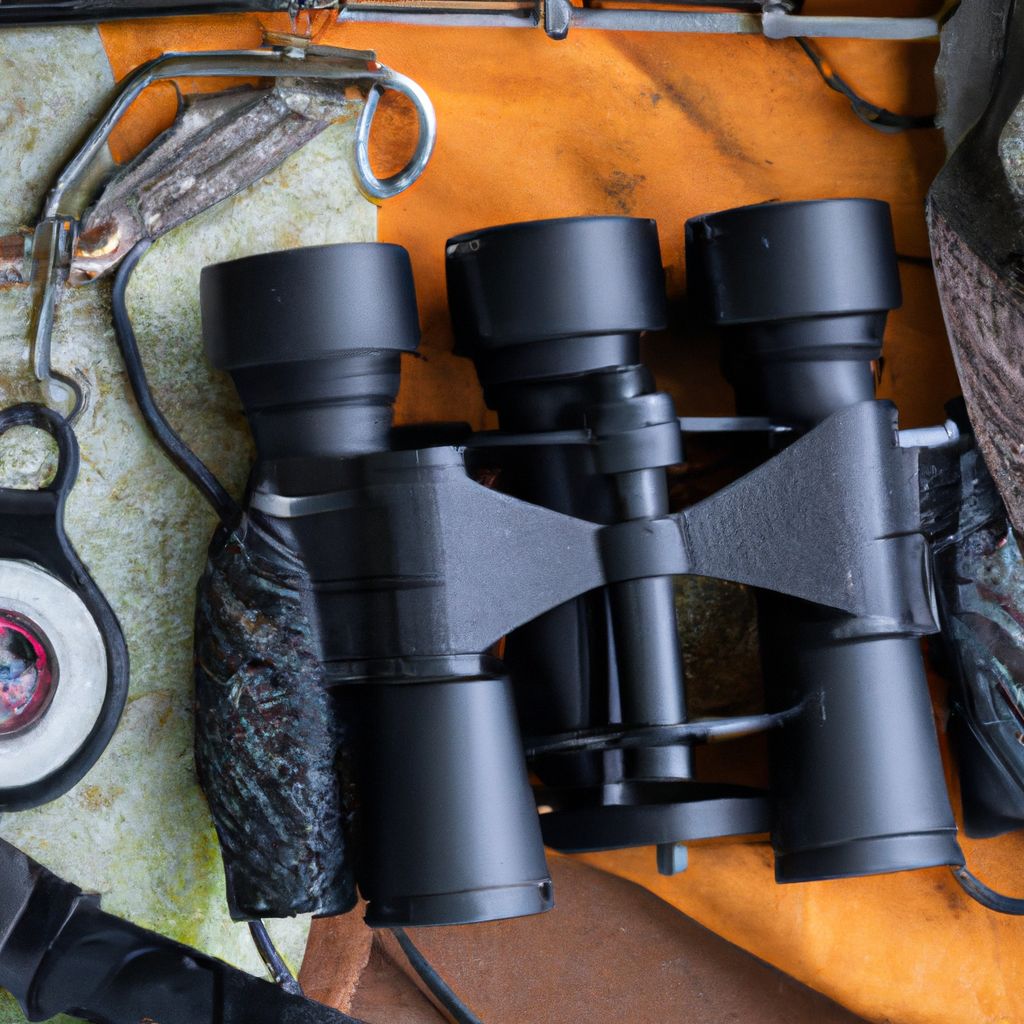
While there are standard items that should be included in every survival kit, there are also additional items that can enhance your survival capabilities. These items can provide additional versatility and options in a survival scenario:
1. Multi-tool:- A multi-tool provides a variety of functions in a compact package. It can include tools like a small knife, scissors, screwdriver, can opener, and tweezers. This versatility can prove extremely useful in many situations.
2. Fishing Kit:- A compact fishing kit, consisting of line, hooks, and sinkers, can be a valuable source of food. It's lightweight and can be used in any body of water.
3. Binoculars:- Compact binoculars can be helpful for navigation and spotting distant landmarks or wildlife. They can also be used to signal for help by reflecting sunlight.
While none of these items are strictly necessary, they can add a great deal of utility to your survival kit. A multi-tool can simplify tasks and save time, a fishing kit can provide a source of food, and binoculars can aid in navigation and observation.
Ultimately, the items you include in your survival kit will depend on your personal needs, skills, and the environment you're likely to be in. However, these additional items can provide a wider range of options and increase your chances of survival.
How to Pack Your Wilderness Survival Kit
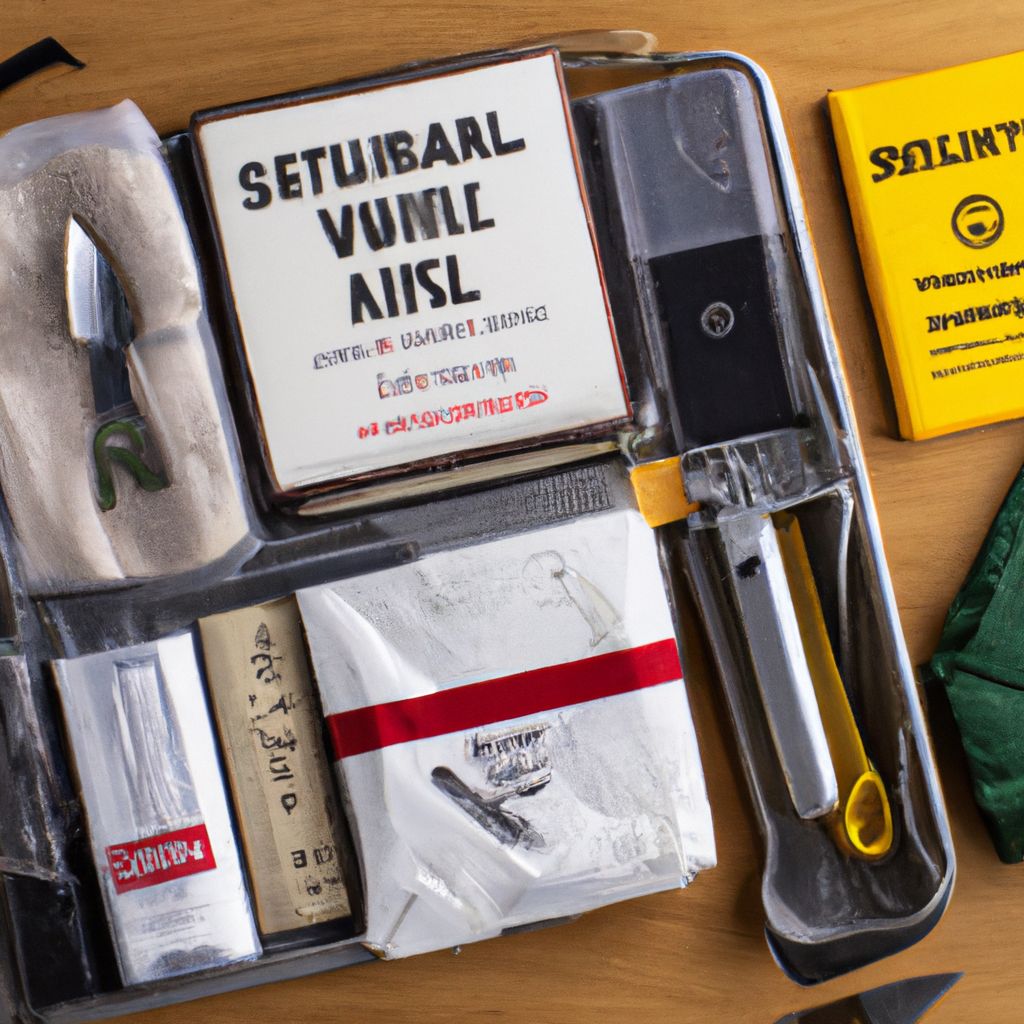
Packing your wilderness survival kit requires careful planning and organization. The aim is to fit all your essential items into a compact, easy-to-carry kit, without sacrificing any functionality. Here are some tips to help you pack efficiently:
- Choose the Right Bag: Your bag should be durable, water-resistant, and comfortable to carry. It should have multiple compartments for organization.
- Keep it Compact: Choose lightweight, compact items wherever possible. For example, opt for a lightweight sleeping bag and a compact multi-tool.
- Organization is Key: Pack your items in a way that makes sense. Keep frequently used items like your knife and fire starter easily accessible, and less frequently used items, like your first aid kit, stored securely.
- Balance the Load: Distribute weight evenly to make it easier to carry. Don't pack all your heavy items in one place.
Just as important as packing your kit is knowing how to use each item. A compass is no good if you don't know how to navigate with it, and a fire starter is useless if you don't know how to start a fire. Look for resources online, take a wilderness survival course, or read books on the topic. Practice using each item until you're comfortable with it.
According to a study in the Journal of Travel Research, wilderness survival training can significantly improve a person's ability to handle emergency situations in the wild.
In conclusion, packing your wilderness survival kit is about more than just stuffing a bunch of gear into a bag. It's about carefully selecting and organizing your items, and knowing how to use each one. With the right preparation, your survival kit can help you navigate any situation you encounter in the wild.
Conclusion: Importance of Wilderness Survival Kit
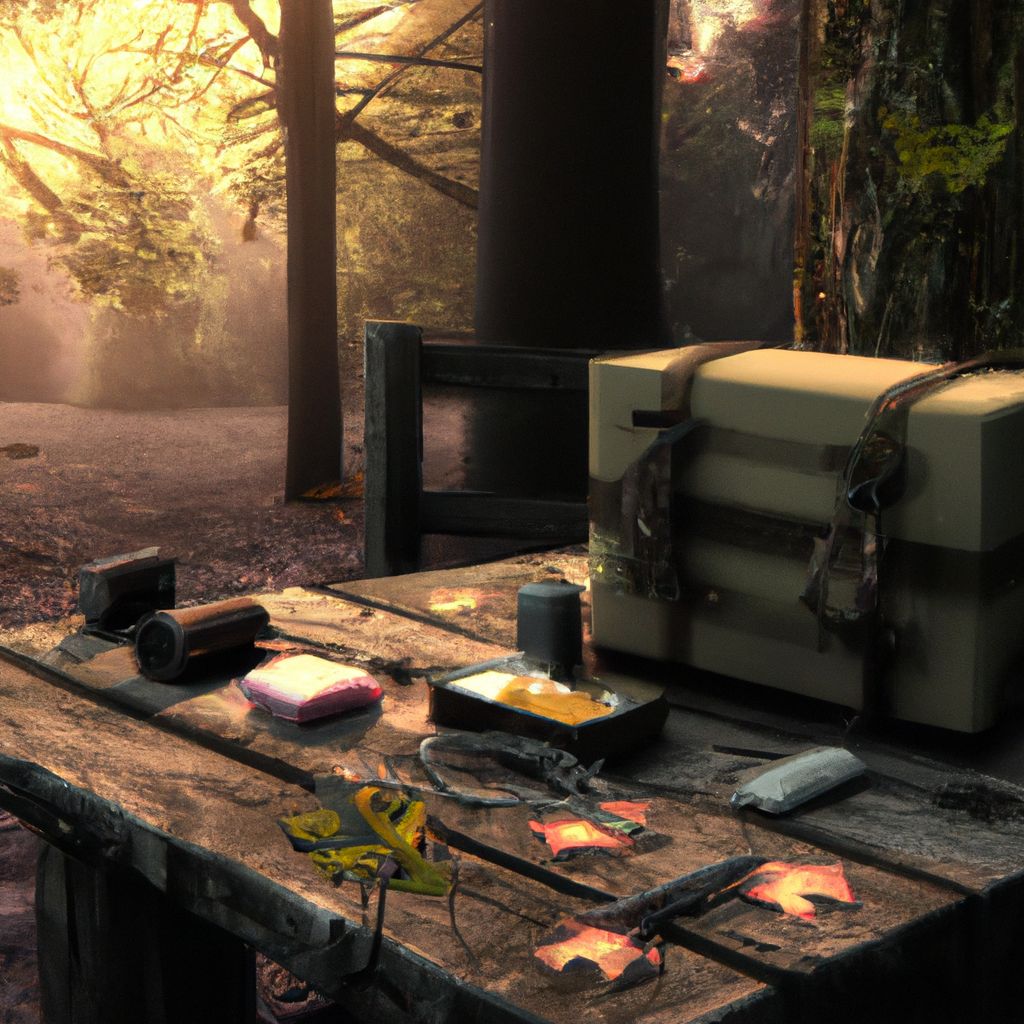
In conclusion, venturing into the wilderness without a survival kit is a risk that's not worth taking. Even a simple day hike can turn into an unexpected night out, and having the right tools and supplies can make the difference between a minor inconvenience and a life-threatening situation.
Always carry a survival kit, and more importantly, know how to use it. Each item in your kit - from your knife to your fire starter to your first aid supplies - can play a crucial role in your survival.
Research from the Journal of Outdoor Recreation and Tourism highlights that being prepared with the right equipment can help prevent outdoor recreation accidents.
So, next time you head out into the wilderness, take a moment to check your survival kit. Make sure it's well-packed and that you're familiar with each item. It's a small step that can have a significant impact on your safety and survival.


